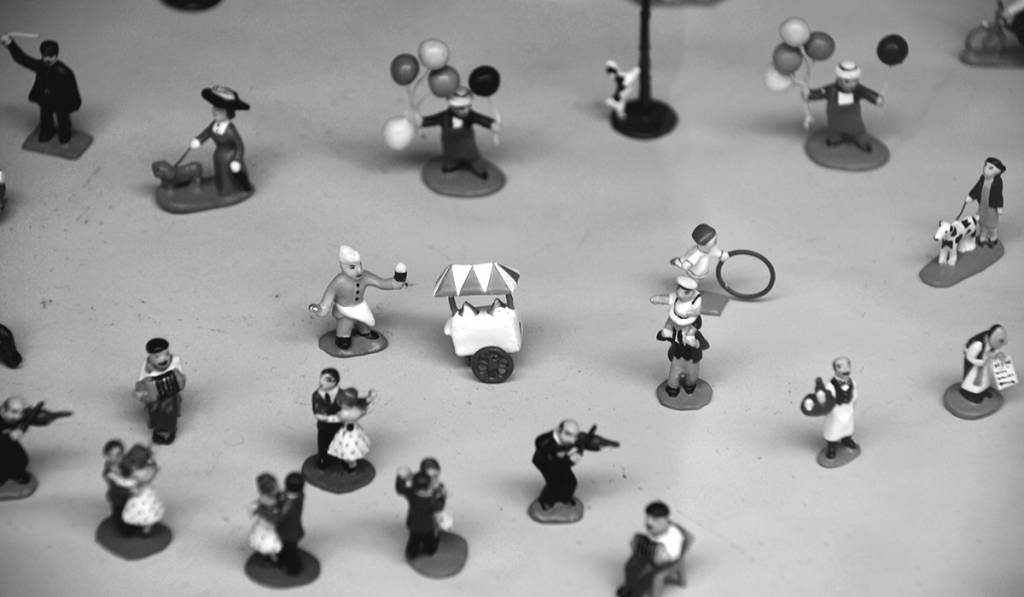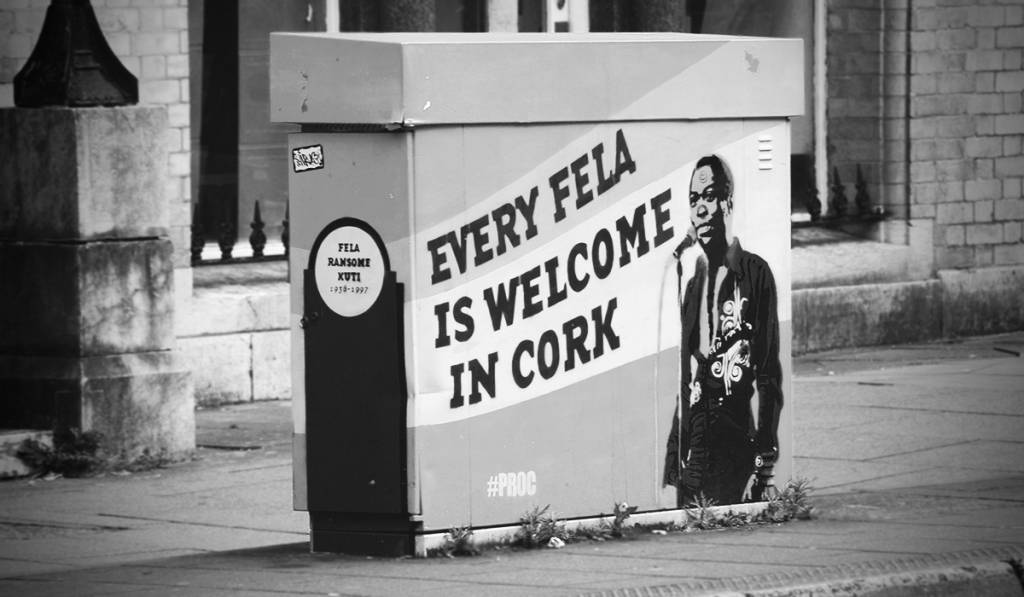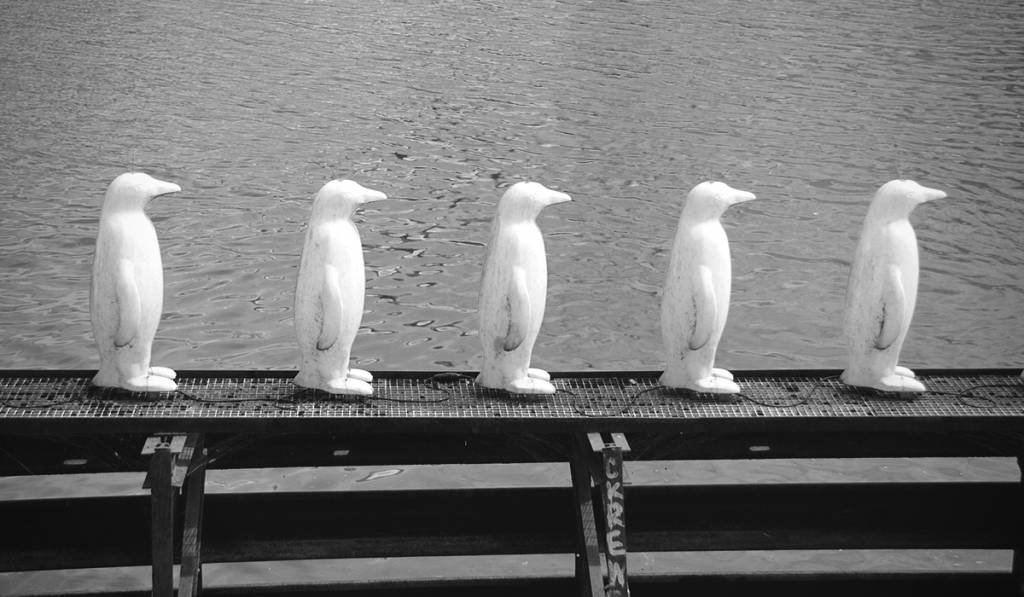Brands and Diversity
An invitation to embrace diversity and think about creating an inclusive brand.
What is Diversity?
According to the Oxford Learner’s Dictionary the rather neutral term „diversity“ describes a „range of many people or things that are very different from each other“.
Our gender, culture, country of birth, age, disabilities, sexual orientation, behaviour and an endless variety of preferences – from the books we read through the music we hear to the things we love to eat for breakfast turn us into unique individuals. Sharing the same biological building blocks, we are different in many ways.
What a wonderful thing.

And yet, one of the first collocations of „diversity“ is „prejudice“.
This „unreasonable dislike of or preference“ for a person starts with our need to categorise. By picking certain aspects of our personalities, others see us as members of groups. Men. Americans. Lesbians. Millennials. Lefties. Techies.
In a next step our lazy brains like to form judgments and generalise based on our past experience and knowledge. If we haven’t met a techie yet, we look for things we got to know about the group she belongs to from external sources, which could be media, friends or foes. And so our mind may produce a picture of a white male in a black turtleneck, wearing thick glasses, earning tons of money, killing other people’s jobs. There is per se nothing wrong with this procedure. Unless our judgment has a negative impact on what we say or do.
Outside the pages of a dictionary many individual experiences are very real and sometimes very rough. Prejudice can result in nasty small gestures or tragic big issues.
Depending on who we are and where we live, being our whole selves may mean disadvantages or even get us into serious trouble.

Why do brands care about diversity?
We have been living in a time of globalisation for a while. People have been moving from one country to another. Companies have been bringing their brands into far, far away corners of the world, learning how challenging diverse points of view can be. Meanwhile the Internet enabled everyone to connect and share stories.
For some decision makers it worked as an eye-opener: If you have never spent any time thinking about diversity before, when you hear about a business refusing serving you, because you are part of the LGBTQ+ community or a Swedish company cutting short an interview with a Muslim woman because she would refuse to shake hands, that hopefully makes you finally stop for a minute and reflect on the topic.
Brands touch the lives of various stakeholders every single day: employees, customers, business partners, media, passers-by. They watch and feel every action done by every single person involved in building a brand.
Every detail has an impact on how a brand is being perceived.
Making diversity a top priority at the C-level and implementing it into every aspect of a business is an idea worth thinking about. This holistic approach will not only help creating common moral values for a company. It will allow everyone being themselves at work and hopefully change the world for the better.
There is a proven financial return on investment too: You will find a lot of numbers out there, most of them depicting certain aspects of diversity.
It is time to grow up and grow together.
What is the state of things?
Many countries have legal regulations affecting companies, like quotas or subsidies. Diversity can be found within human resources efforts and marketing strategies and even be an essential part of corporate culture, especially at multinationals that spend a lot of money on making sure everybody is on-board and the whole world knows about it. Just like Hewlett-Packard: The company’s diversity programmes encompass eight dimensions, including age, gender and disability.
There is an endless number of internal networks and external organisations or events companies support like Black Girls Code or myGwork which concentrate on specific parts of our personal identities. UN Women partners with big advertisers in an alliance to challenge and advance the ways women are represented in ads. Lists like The Best Workplaces for Diversity rank companies that create inclusive cultures.
One could say: everybody is talking about diversity, in some way.

So how about the results?
We see many a brand celebrate diversity in one country and at the same time do business with authoritarian regimes that discriminate minorities. Many wonder whether the CEOs forget their values, doing anything for the money or whether there is hope that they will try to softly change the status quo – through alliances and discussions rather than sanctions and absence.
Sexism can still be found in marketing tactics, while lesbian women seem to be non-existing. Same goes for people with disabilities. 78 percent of global professionals with artificial intelligence (AI) skills are male, 80 percent of AI professors are male too. The gender pay gap remains huge and ageism may be even more pervasive than sexism and racism.
Let’s be frank: there is still a lot of work to do, in many fields.
How can we change things?
Everyone of us can start by trying to be an open-minded individual who embraces diversity.
Learn from examples of how brands face the challenges related to diversity. Good ones. Bad ones. Odd ones. You will find some of them on Twitter at @BrandsDiversity.
Share stories and examples
Either write an email to silvia.rak@freiwasser-marketing.com or send me a direct message at Twitter.
Spread the word
If you feel like this is an interesting topic, then let everybody know and start a conversation.
Change your brand
Yes, you can. Either from top to bottom or the other way around.
If you are wondering about who is making this offer:
Get to know Silvia Rak | FREIWASSER Marketing.
